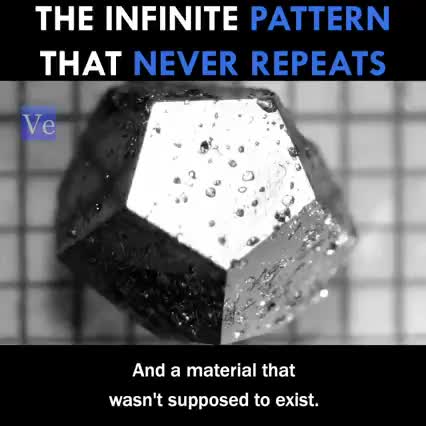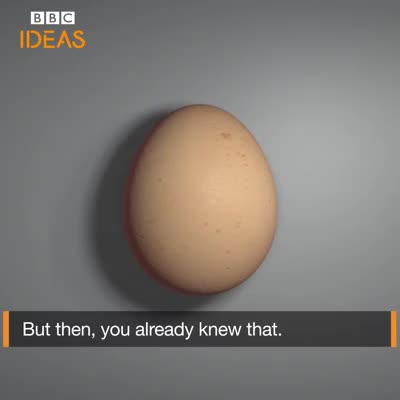
Get the latest international news and world events from around the world.

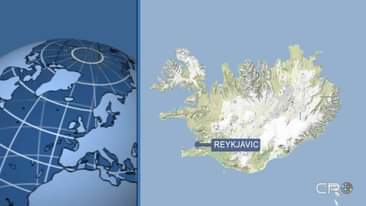
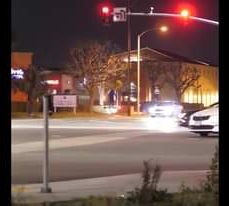

These lights stop unwanted fish getting caught in nets
This is the ‘smart sea’.
🎣 Are you an innovator with ideas for nutritional, sustainable, ethical and economically viable blue food? Submit your solution to the Blue Food challenge on UpLink: https://bit.ly/3AlRD8j UpLink — World Economic Forum Syntech System Solutions Inc.

How A Life-Sized Remote-Controlled Corvette Was Built
This computer technician built a life-size remote-controlled Corvette.
Watch more from Cars Insider on Snapchat Discover: https://insder.co/cars.
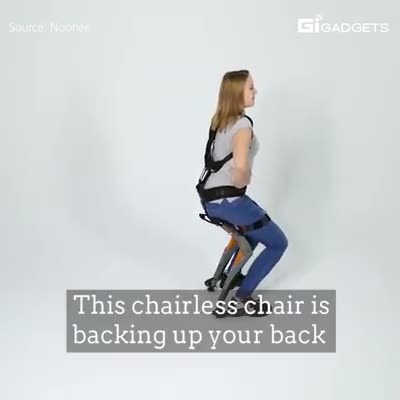
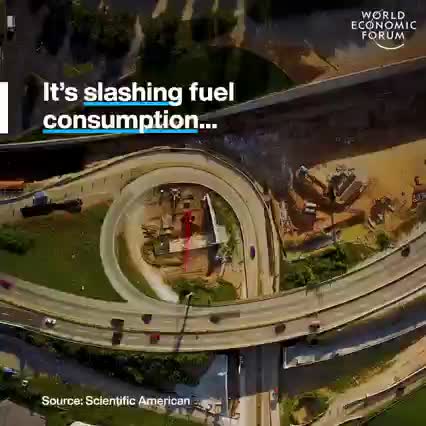
Could Mushroom Packaging Replace Styrofoam?
A biotech company in upstate New York designs products made from the root structures of mushrooms. It takes about a week to grow their alternative to styrofoam packaging. And their vegan meat can be sliced into whole cuts and crisps up like bacon when fried.
